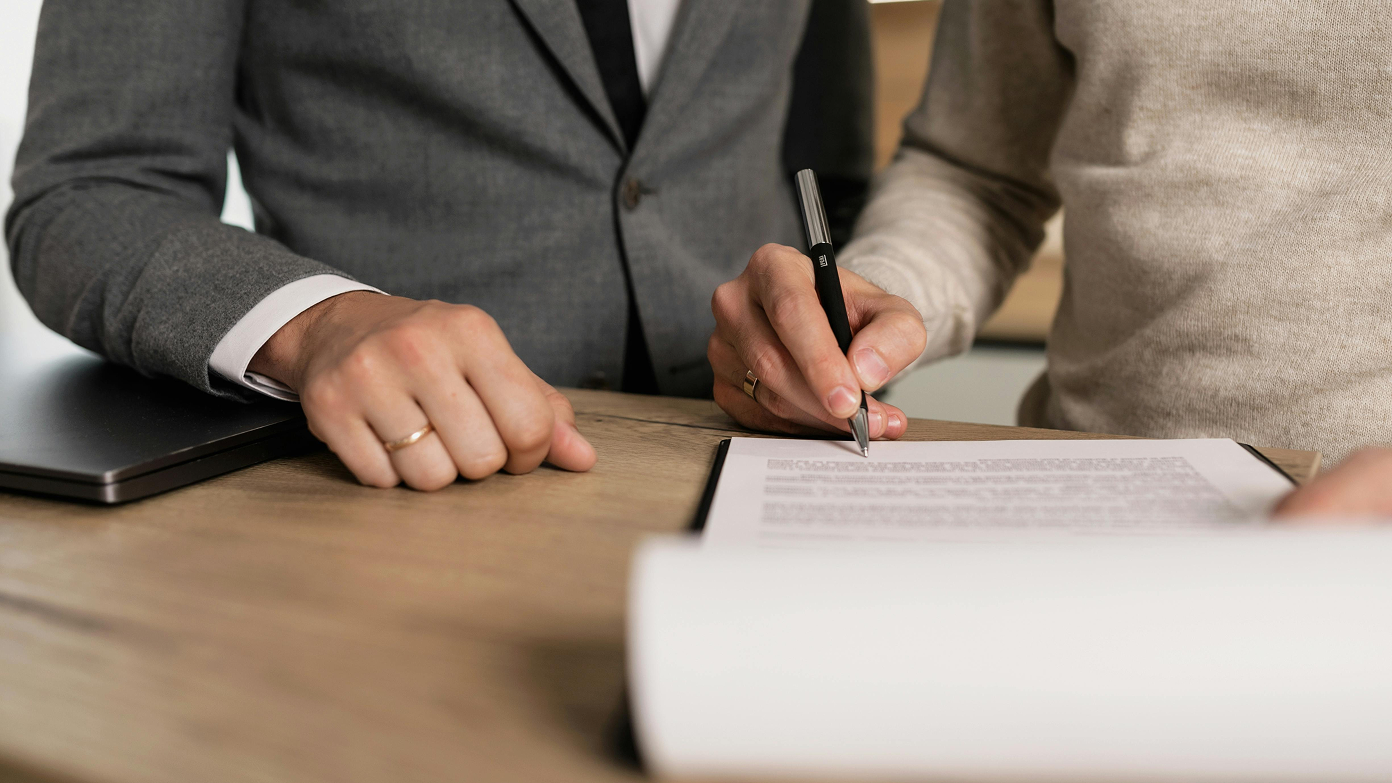
Most property sales and purchases follow a similar process, though every transaction is unique and can vary in complexity.
At Gallant Richardson, we know that choosing the right conveyancer can make a huge difference—often determining whether a sale completes smoothly or falls through. That’s why we work closely with some of the best local firms of solicitors, who provide expert conveyancing services.
Because we collaborate with these solicitors on a regular basis, we maintain strong communication channels. This allows us to progress transactions quickly and keep all parties updated every step of the way.
Here’s how the process typically works:
- Instruction – Once an offer is accepted, both buyer and seller appoint a conveyancer. Details of the sale are shared with both firms.
- Initial paperwork – Clients formally instruct their conveyancer, provide ID, and (for buyers) proof of deposit and funds for searches. Sellers complete property information forms.
- Draft contract – The seller’s solicitor obtains Land Registry details and issues a draft contract, property questionnaires, and relevant papers to the buyer’s conveyancer.
- Checks and enquiries – The buyer’s conveyancer reviews the contract, raises enquiries, and applies for searches (e.g. local authority).
- Further enquiries & mortgage – Once search results and initial replies are received, further questions may be raised. The buyer’s solicitor also reviews the mortgage offer and reports back to the lender.
- Signing contracts – When all enquiries and mortgage checks are resolved, the buyer signs the contract and mortgage deed (if applicable). The seller signs their contract in readiness.
- Deposit & redemption – The buyer provides the deposit (usually 10%), while the seller’s solicitor requests redemption figures from any mortgage lender.
- Exchange of contracts – Both parties agree a completion date. At exchange, contracts become legally binding for all parties in the chain.
- Completion – On the agreed date, funds are transferred from the buyer’s solicitor to the seller’s. Once received, the sale completes and keys are released.
- Post-completion – The buyer’s solicitor pays any Stamp Duty due and registers the new ownership with Land Registry.
By referring clients to our trusted local solicitors, we help ensure:
- Clear communication between all parties
- Faster progress of sales and purchases
- Reduced risk of delays or failed transactions
Please note: we receive a referral fee from the solicitors if a transaction completes through our introduction.
📞 If you’d like advice or a recommendation for a conveyancer, please contact Gallant Richardson and we’ll be happy to help.